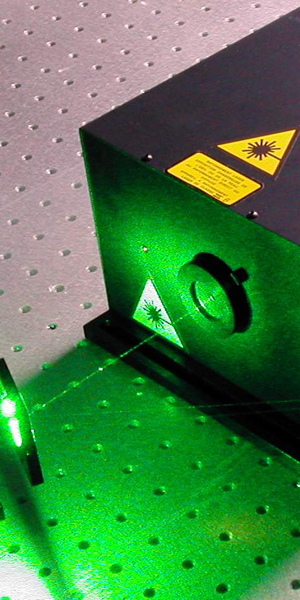Welcome to Chino Valley Equine Hospital
- 2945 English Place, Chino Hills, California, 91709, USA. Telephone (909) 628-5545

Treadmill Evaluations
Chino Valley is able to investigate horses with poor performance. Typically, this may include examination of the larynx via treadmill endoscopy. Horses may then require a tie back proceedure which we perform at our hospital, or may need some form of LASER surgery.
This type of dynamic evaluation is very useful in determining if the horse has an upper airway abnormality affecting performance.
The examination is tailored to the type of work and the level of fitness for each horse, mimicking the speed and distance that the horse typically works.
Roarers
Recurrent Laryngeal Neuropathy (RLN) describes the paralysis of the recurrent laryngeal nerve, which normally innervates - stimulates - part of the larynx.
On endoscopic examination, your vet will probably observe that the two cartilages in the larynx move differently as they cover the top of the trachea (this happens during swallowing to prevent food falling down the trachea).
If the arytenoid cartilages fail to move apart - because the recurrent laryngeal nerve is paralysed - or even if they move across only partially, the airway is compromised and the horse cannot inhale enough oxygen.
You may hear an inspiratory noise when you work your horse hard: this is the sound of turbulent air within the larynx and the horse is thus known as a roarer.
Varying degrees of paralysis may be observed, which help vets monitor progression of the problem: Grade 1 describes a minimal dysfunction, while Grade 5 defines complete paralysis.
However, many other conditions including epiglottic entrapment, dorsal displacement of the soft palate, axial deviation of the aryepiglottic folds and many other upper respiratory conditions can be diagnosed with endoscopy.





